India's DNA tells a 50,000-year story: scientists find
The study highlights how ancient genetic mixing and cultural practices have contributed to making India one of the most genetically diverse countries in the world.
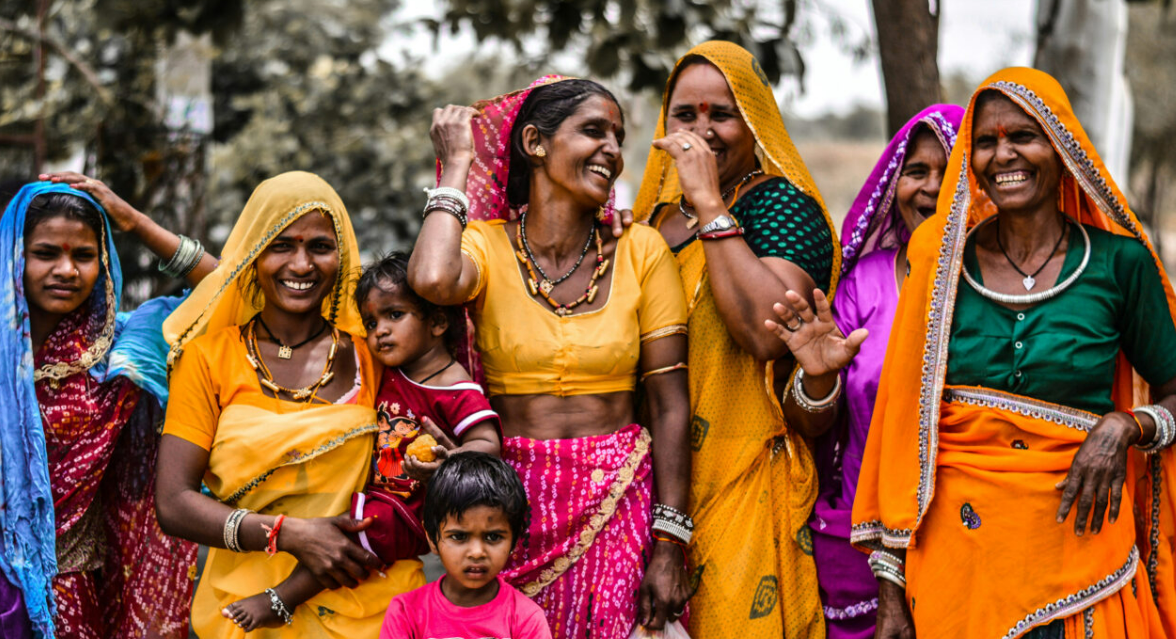 India is one of the most diverse countries in the world. A new analysis of Indian genomes shows an ancient admixture of genes from Neanderthals and Denisovans, and more recent mingling of genes from Iranian farmers, Central Asian steppe pastoralists and hunter-gatherers from South Asia. / Unsplash
India is one of the most diverse countries in the world. A new analysis of Indian genomes shows an ancient admixture of genes from Neanderthals and Denisovans, and more recent mingling of genes from Iranian farmers, Central Asian steppe pastoralists and hunter-gatherers from South Asia. / Unsplash
A team of scientists, led by the University of California, Berkeley, has completed the most comprehensive genomic analysis of Indian populations to date.
Their findings, published in the journal Cell on June 26, reveal a complex 50,000-year history of genetic mixing, migration, and population shifts that continue to shape health and disease patterns in the Indian subcontinent.
The study analyzed the complete genomes of 2,762 individuals from across India and found that they carry a wide range of Neanderthal and Denisovan DNA—more than seen in Europeans.
Also read: Pallavi Gopal leads Yale lab studying key protein behind ALS, dementia
This is the result of early human migrations from Africa, interbreeding with archaic humans, and later mixing with Iranian farmers and Central Asian herders, the researchers said. Because of the rich genetic data, the team was able to reconstruct approximately 50 percent of the Neanderthal and 20 percent of the Denisovan genome—making Indian genomes one of the richest known sources of archaic human DNA outside Africa.
“These findings fill a critical gap and reshape our understanding of how ancient migrations, archaic admixture, and social structures have influenced genetic variation and disease risks in India. They will also help shape future precision health strategies,” said Priya Moorjani, senior author and assistant professor of molecular and cell biology at UC Berkeley.
The study also traced modern Indian ancestry to three main groups: South Asian hunter-gatherers, Iranian Neolithic farmers, and Central Asian steppe pastoralists. However, strong endogamous practices in many communities led to genetic bottlenecks, increasing the prevalence of rare, recessive disease-causing mutations. One example is a mutation in the BCHE gene, which can cause severe reactions to anesthesia and is more common in the Vysya community.
Moorjani emphasized that understanding this genetic mosaic is essential for precision medicine in India. The study sets the stage for more targeted genetic screening, disease mapping, and equitable health strategies for one of the world’s most diverse populations.
The research was conducted as part of the Longitudinal Aging Study in India-Diagnostic Assessment of Dementia (LASI-DAD), in collaboration with the All India Institute of Medical Sciences (AIIMS) New Delhi, the University of Southern California (USC), and the University of Michigan.
ADVERTISEMENT
ADVERTISEMENT
E Paper
Video



 Bhavana P
Bhavana P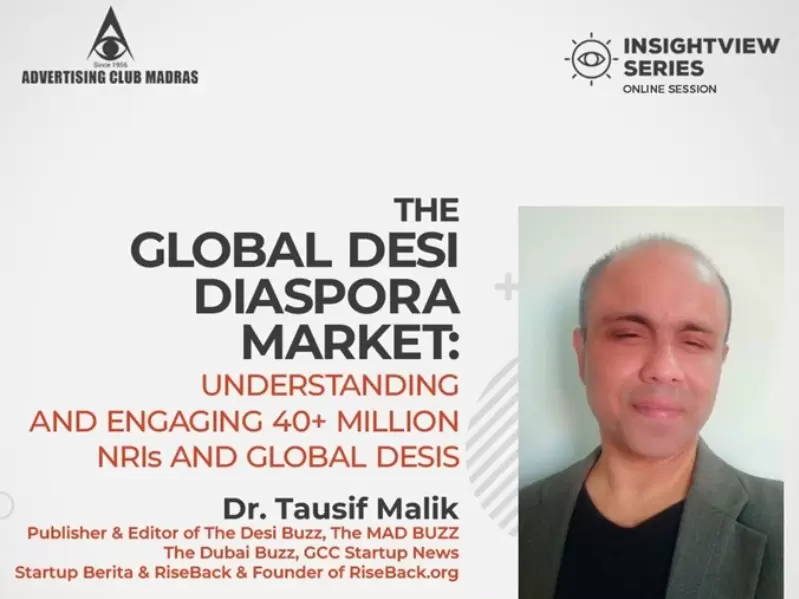




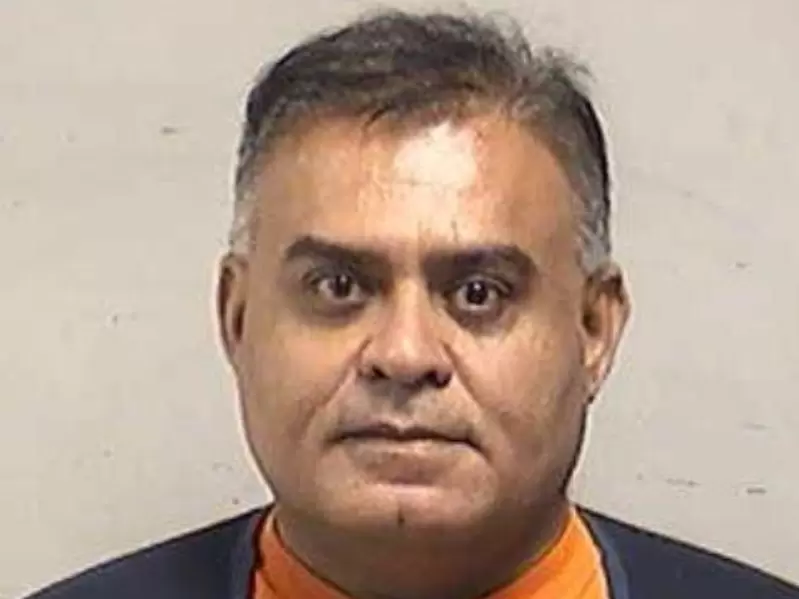

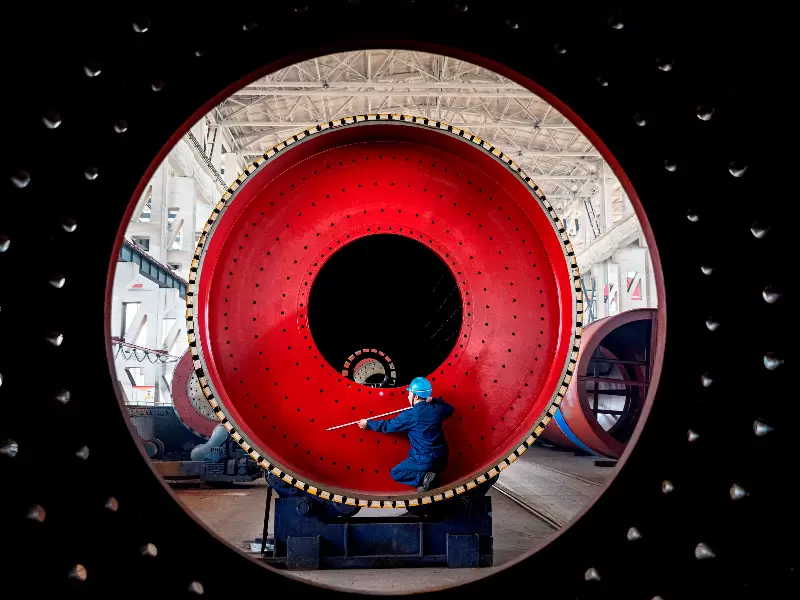
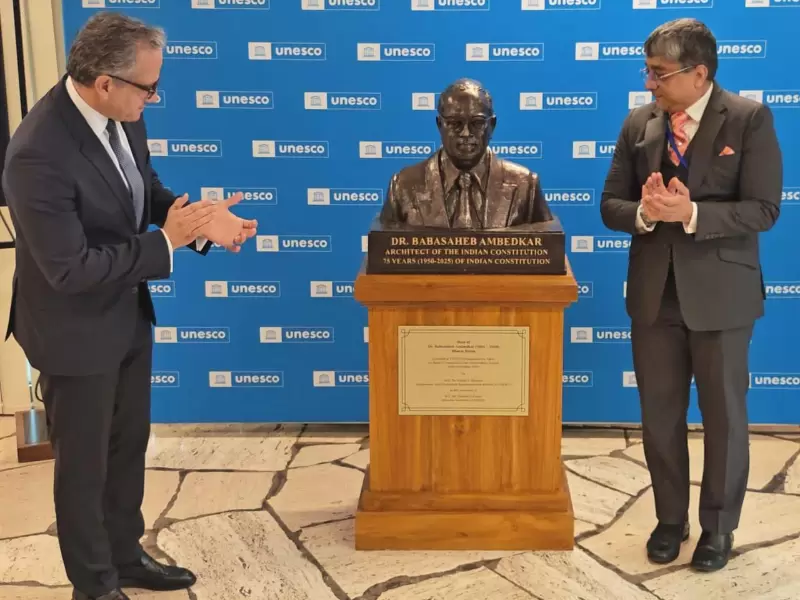
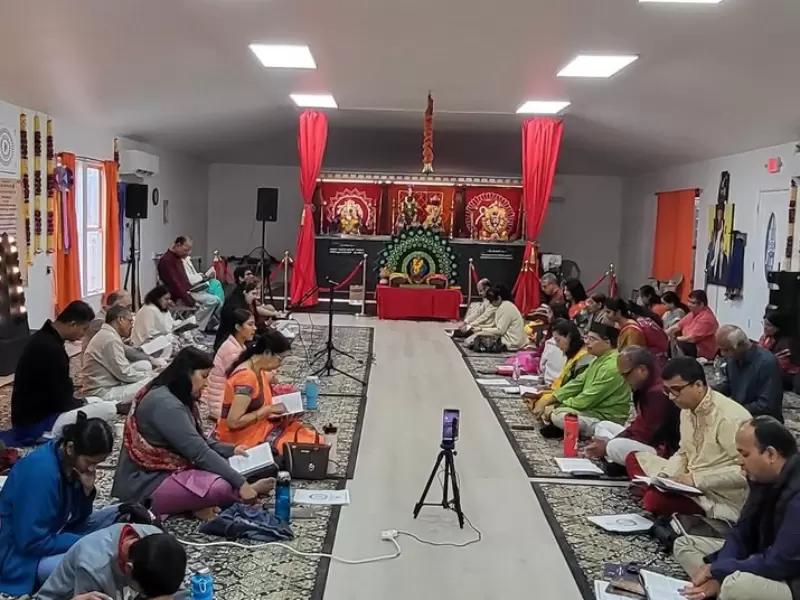

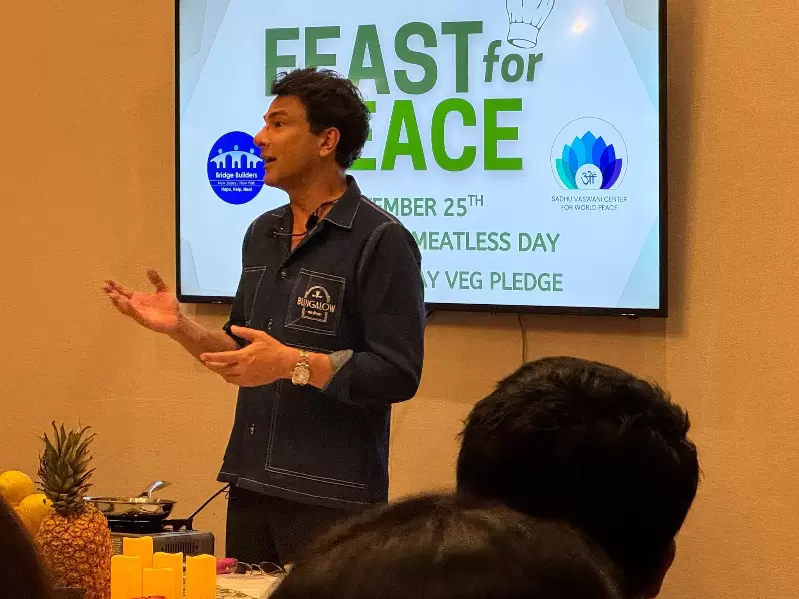

Comments
Start the conversation
Become a member of New India Abroad to start commenting.
Sign Up Now
Already have an account? Login